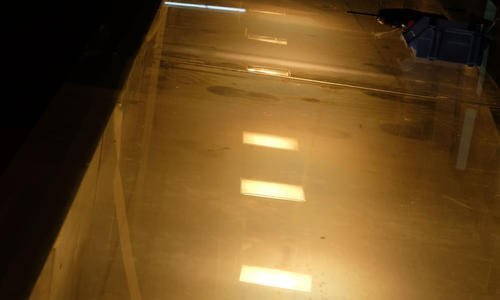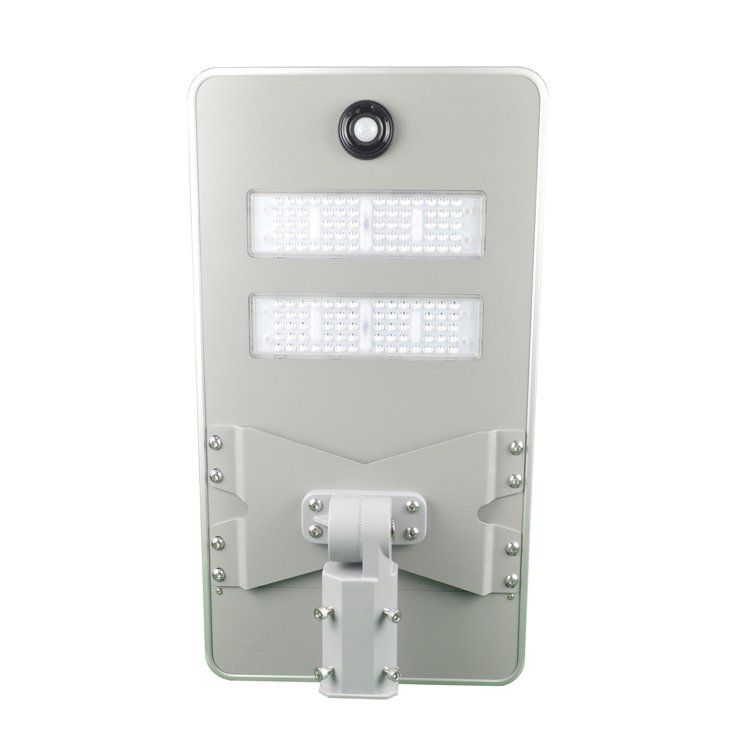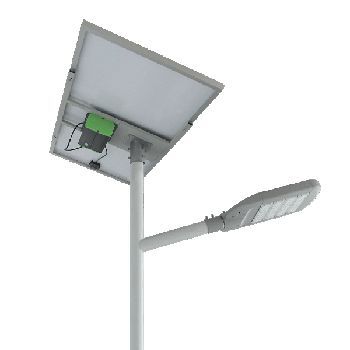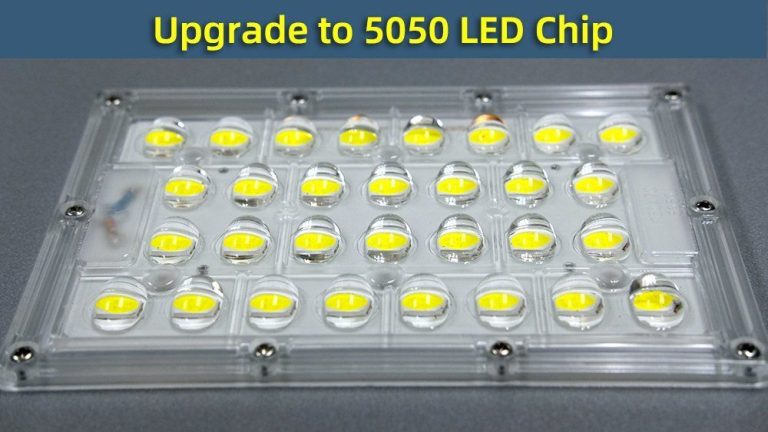ในเขตเมือง ไฟถนนมีบทบาทสำคัญในการเพิ่มทัศนวิสัยและความปลอดภัยทั้งสำหรับคนเดินถนนและผู้ขับขี่รถยนต์ เมื่อติดตั้งไฟถนนพลังงานแสงอาทิตย์ในสภาพแวดล้อมในเมือง จำเป็นต้องพิจารณาปัจจัยต่างๆ เช่น ความกว้างของถนน ปริมาณการจราจร และกิจกรรมทางเดินเท้า เพื่อกำหนดตำแหน่งเชิงกลยุทธ์ที่สุดเพื่อความครอบคลุมและประสิทธิผลสูงสุด
ในทำนองเดียวกัน ในพื้นที่ชนบทหรือห่างไกลที่สามารถเข้าถึงไฟถนนแบบเดิมได้ พลังงานกริดอาจมีจำกัดหรือไม่มีเลย ไฟถนนพลังงานแสงอาทิตย์นำเสนอโซลูชันระบบแสงสว่างที่ยั่งยืนและคุ้มค่า เมื่อเลือกสถานที่ติดตั้งไฟถนนพลังงานแสงอาทิตย์ในพื้นที่ชนบท ควรพิจารณาปัจจัยต่างๆ เช่น ความต้องการของชุมชน สภาพถนน และลักษณะทางภูมิศาสตร์ เพื่อให้มั่นใจว่าแสงสว่างครอบคลุมและฟังก์ชันการทำงานเพียงพอ
ยิ่งไปกว่านั้น เมื่อพิจารณาถึงผลกระทบด้านสุนทรียศาสตร์ของไฟถนนพลังงานแสงอาทิตย์ในภูมิทัศน์โดยรอบ ก็มีความสำคัญเช่นกันโดยเฉพาะในเขตที่อยู่อาศัยหรือสถานที่ท่องเที่ยว การเลือกอุปกรณ์ติดตั้งที่เสริมสไตล์สถาปัตยกรรมและบรรยากาศของสภาพแวดล้อมสามารถเพิ่มความน่าดึงดูดทางสายตาโดยรวม ในขณะเดียวกันก็มอบโซลูชันระบบแสงสว่างที่ใช้งานได้จริง
โดยสรุป การเลือกสถานที่ที่เหมาะสมสำหรับไฟถนนพลังงานแสงอาทิตย์เป็นส่วนสำคัญในการรับประกันประสิทธิภาพ ประสิทธิผล และอายุการใช้งานที่ยืนยาว ด้วยการประเมินปัจจัยต่างๆ อย่างรอบคอบ เช่น การเปิดรับแสงแดด ที่ตั้งทางภูมิศาสตร์ สภาพแวดล้อม และโครงสร้างพื้นฐานโดยรอบ ผู้มีส่วนได้ส่วนเสียสามารถตัดสินใจโดยมีข้อมูลครบถ้วนเพื่อเพิ่มประโยชน์ของระบบแสงสว่างพลังงานแสงอาทิตย์สำหรับการใช้งานทั้งในเมืองและในชนบท
In urban areas, street lighting plays a vital role in enhancing visibility and safety for pedestrians and motorists alike. When installing solar street lights in urban environments, it’s essential to consider factors such as street width, traffic flow, and pedestrian activity to determine the most strategic placement for maximum coverage and effectiveness.
Similarly, in rural or remote areas where access to conventional grid power may be limited or nonexistent, solar street lights offer a sustainable and cost-effective lighting solution. When selecting locations for solar street lights in rural settings, factors such as community needs, road conditions, and geographic features should be considered to ensure adequate lighting coverage and functionality.
Moreover, considering the aesthetic impact of solar street lights on the surrounding landscape is also important, particularly in residential areas or tourist destinations. Choosing fixtures that complement the architectural style and ambiance of the environment can enhance the overall visual appeal while providing practical lighting solutions.

In conclusion, selecting the right location for solar street lights is a critical aspect of ensuring their effectiveness, efficiency, and longevity. By carefully assessing factors such as sunlight exposure, geographic location, environmental conditions, and surrounding infrastructure, stakeholders can make informed decisions that maximize the benefits of solar lighting systems for both urban and rural applications.







